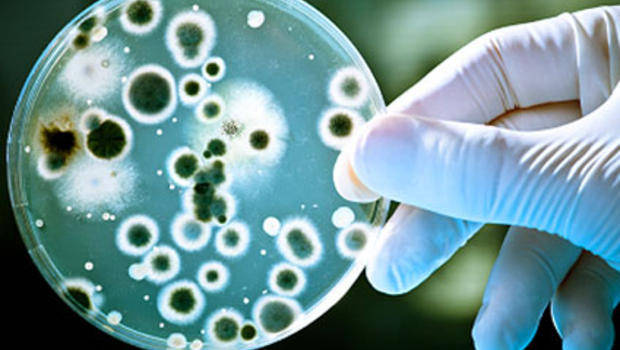
Mold Inspection
- Mold contamination in your home is dangerous, and can threaten the health and safety of you and your family. Mold can develop in several different areas of your home, both interior and exterior, and thrive within wood, drywall, HVAC units, pipes, and concrete. When people see or suspect mold, there is no definitive way to identify the species of mold, or the level the harm it may cause, without the high-tech equipment of a licensed professional. The staff at SoFlo Environmental, LLC has the knowledge and up-to-date tools to safely navigate the mold contamination in your home. We perform thorough inspections and critical testing to provide you with necessary solutions. Our packages are customized to fit your specific needs, and we offer assistance with insurance claims. SoFlo Environmental, LLC follows a strict protocol for safely identifying the mold issues in your home. Our packages are customized to fit your specific needs, and we offer assistance with insurance claims.
- SoFlo Environmental, LLC thoroughly evaluates the mold in your home. We collect samples on-site, and send them to a lab to properly identify the strain of fungus and species of mold. Our licensed professionals assess the best course of action for remedying the mold issues, and create an in-depth report customized to your situation. Our staff provides you with a post-remediation report to ensure your home is clear of contaminants, and identifies procedures for preventative measures and quality control.
- Mold develops from moisture-rich areas created by leaking pipes or roofs, floods, and collecting condensation. Our licensed and insured professionals assess the water damage, and classify it in three different categories.
- Category 1 is the most mild mildest of the classifications, as it originates from a clean source and does not pose a threat if consumed or exposed. Examples of Category 1 water damage are burst water pipes and overflowing sinks.
- Category 2 water is significantly contaminated, and can cause sickness if consumed. An example of Category 2 is overflowing water from a toilet bowl.
- Category 3 water damage is highly contaminated, and can cause serious illness or death if consumed. Examples of Category 3 include flooding from rivers or seas, and sewage.
- According to the Environmental Protection Agency, mold can grow and thrive in nearly all different kinds of conditions. If moisture, oxygen, and mold spores are present, mold will develop. Mold can form on pipes, wood, drywall, concrete, and under carpet. Eating away at the material it grows on, mold contamination has the potential to cause serious damage. In addition to varying health conditions, mold can destroy the structural integrity of homes and buildings.
- Be sure to perform preventative maintenance and monitor common areas where mold can grow. Mold likes to lurk in basements and cellars, especially after flooding. The areas under sinks, showers, and refrigerators are also prime areas for mold growth. Pipes behind walls, and under carpet and floorboards are areas to look out for as well. Other areas to monitor include leaking windows, HVAC units, attics, crawl spaces, garages, and roofs. Any piles of wet newspapers or cardboard boxes can also house mold.
- If you suspect mold, it is best to call our licensed professionals at SoFlo Environmental, LLC to schedule an appointment. We will thoroughly inspect assess the property and let you know if the mold needs to be removed and how to remove it.
- Mold has root structures that can infiltrate porous surfaces and cannot be killed by bleach. Bleach is made up of chlorine and water solutions. Chlorine has an ionic structure and is unable to penetrate cellulosic surfaces, so it rests on the exterior of surfaces. The water solution can be absorbed into the material but unable to kill the absorbent fungi without the chlorine component.
